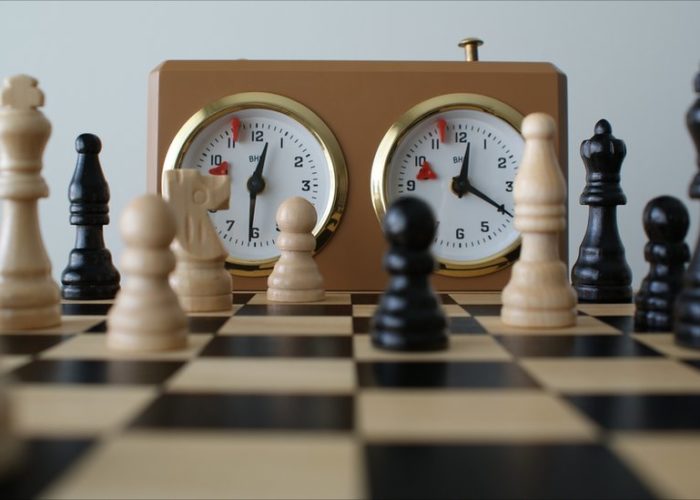The Rise And Rise Of Indian Chess
India’s first Grandmaster and former world chess champion, Viswanathan Anand failed to make it to the world championships this year. For long, he has held the top role in Indian chess scene. Back-to-back losses against the current world champion Magnus Carlsen gave rise to rumours about the inevitable. When will the “king of 64 squares” retire? Or who will take over from Viswanathan Anand?
Chess is a young person’s game
When Anand challenged Garry Kasparov two decades ago, India only had two Grandmasters. Today, the numbers are much larger; more than 30 Grandmasters, nearly 10 women GMs and over 50 International Masters. The “Tiger of Madras” held the distinction of winning and defending the title in three different formats, namely, FIDE World Champion 2000-02, World Chess Champion 2007-13 and the World Rapid Chess Champion 2003.
Viswanathan Anand enjoyed his peak in chess for nearly a decade, before a young and sharp Magnus Carlsen dethroned him for the title. However, Anand, who turns 47 in December this year, has spoken of no plans to retire. But his unsuccessful Candidates Tournament campaign has brought the questions back. He is not getting any younger, so is it time, for the young likes of SP Sethuraman, P Harikrishna, Vidit Santosh Gujrathi or B Adhiban and company take over from the veteran.
It is not long before even the young ones will be fighting for their spot, against an even younger group of players. India boasts over 40,000 active chess players in the country and most of them in the younger ages, while many of them are still in school.
Huge success for Indian Chess at youth level
Koneru Humpy, Parimarjan Negi, and, many others have done exceedingly well at the youth level. Humpy has over-time developed into a title challenger. Negi, however, was the junior world champion. They have brought many accolades for the country in the game over the years.
India’s success in the sport cannot be credited much to the government support or the recognition, but simply the performance of Anand who drove India as a super-power in the sport.
The emergence of strong chess-engines and online play has helped the talented Indian youngsters to hone their skills in ways that was not possible for the earlier generations. The Indian players have enjoyed success at the World Youth Chess Championships, the Olympiads and many more. Now, it is time for them to step up the notch and follow the glorious path of Viswanathan Anand, who shaped India’s chess culture.
However, the challenge that remains for them is to achieve their heroics at the world stage, among the elites of the chess world.






